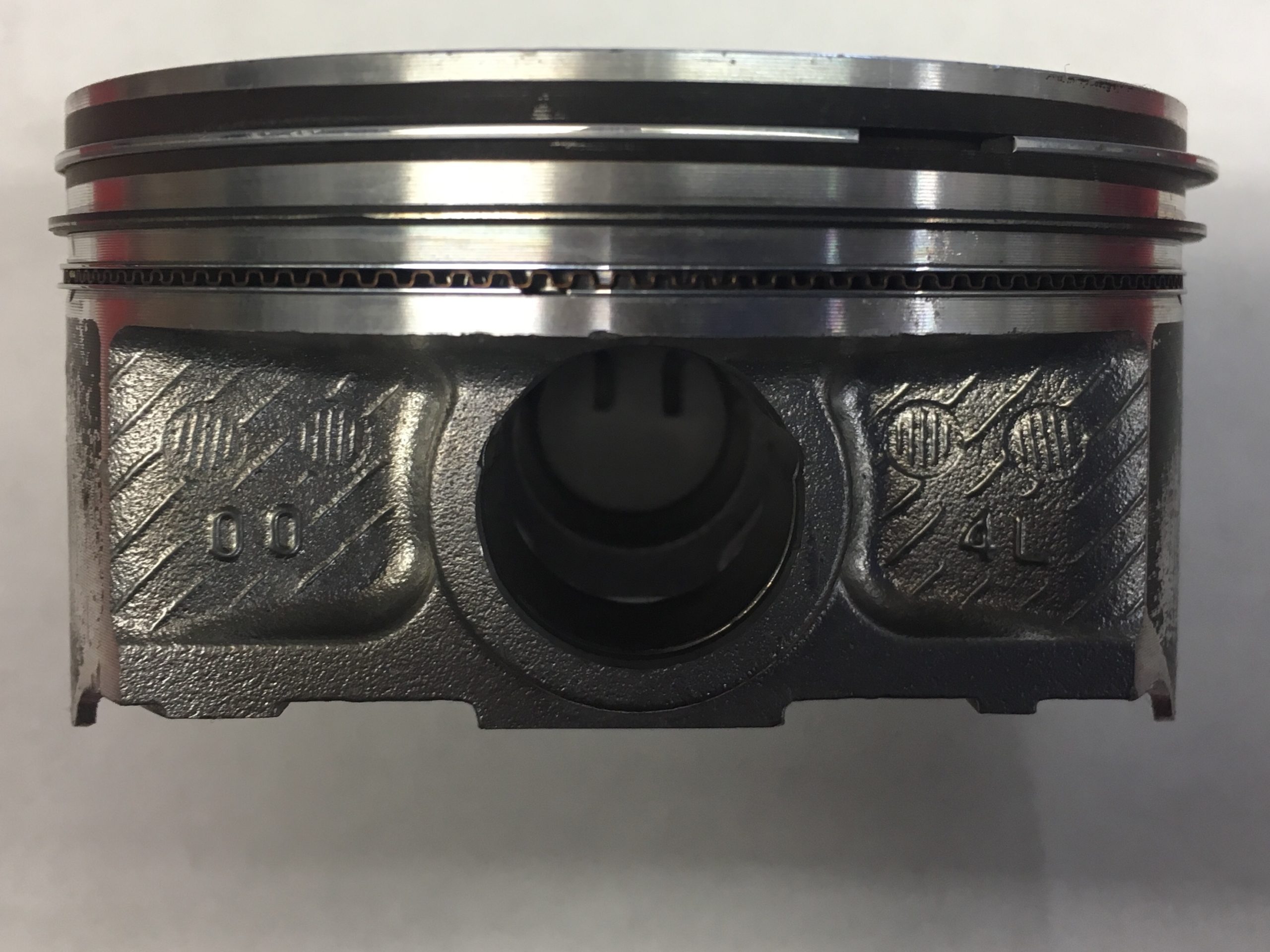
[fblike url=”https://www.facebook.com/AllWheelDriveAuto/” style=”standard” showfaces=”false” width=”450″ verb=”like” font=”arial”]
Every car company at some point in time deals with some growing pains or they cease to exist. Many Japanese Imports have had to deal with higher than anticipated oil consumption rates due to trying to make the internal combustion engine a little more efficient. This is true of Subaru as it is, Honda, Acura Toyota etc.
With many of these potentially affected vehicles entering the used car market I thought it was good to point out which year and model Subaru vehicles might potentially be affected and what you can do as a potential buyer of one of these cars to limit the possibility of buying someone else’s problem.
The list of Vehicles that Subaru has Identified and issued a TSB (Technical Service Bulletin) for the potential of higher than acceptable oil consumption rates are as follows:
What I like to point out is that any FB series engine pre 2015 is susceptible to oil consumption issues. Some of the vehicles that were part of the earlier repair methods before Subaru finally starting replacing entire short blocks rather than trying to pay a flat rate technician a pittance to replace piston rings under warranty are very susceptible to oil consumption issues as well as severe oil leaks.
Knowing the entire service history on any used Subaru is always a great starting point when considering a particular used Subaru for purchase. Now it’s mandatory that you know the entire history. If you are looking at a pre 2015 FB equipped Subaru and you learn it’s one of the earlier repaired vehicles that did not get a new short block, well I would keep looking. Regardless of any extended warranty that is being offered, keep looking. I am not telling you to avoid the list of vehicles I have posted above, but I am telling you it’s crucial to know how it was repaired if it was affected, if it has not been repaired or even if it has, does it use oil at a greater rate than what is considered normal by Subaru or what would be acceptable to you. If you are buying a used car at a used car lot or the used car side of a new car dealership and there is no service history either that comes with the car or part of a Carfax service history report available to you, keep looking. If you are buying the Subaru from a private party that has done anyting but own the car since new, has the service history to show you and or you have great confidence that they are being 100% completely honest and transparent, keep looking.
Here is the issue, an oil consumption test is typically done over the course of 1000 miles typically and is as follows: the oil is changed by a professional technician who ensures the engine oil is at the proper level before it leaves, the owner or consumer then drives the vehicle for 1000 miles (again on average); taking it back to the shop doing the test and having it topped off and the oil use recorded as needed. In some cases the driver may be the one that tops off and records the use. The oil consumption test only confirms the need for corrective action, it does not reveal what is causing it. Most likely in a FB engine it’s the oil control rings, however it’s also possible the valve guides or stem seals are the cause. The only way to know for sure is to remove the engine and tear it down to inspect and measure tolerances against specifications.
Pictured below are a Subaru Piston and Ring set as well as the act of measuring a compression ring against specifications using a feeler gauge.
Does any of this sound like something that could just be checked before you buy it? The answer is most definitely not. There just isn’t anything that even we can do during a prepurchase inspection to really try and rule out if the Subaru you are looking at might be a car that is going to use oil. None of this means that all of these cars should be avoided at all costs ,just that you need to use caution when buying this era Subaru. Much in the way that for a period of time you needed to proceed with caution if buying a home with LP siding during the 90’s, it sure didn’t mean the house was worthless just that whomever bought it knew and accepted that they may have to reside the house, sometimes with participation from the siding manufacturer and sometimes not. If you buy one of the Subaru models that might possibly be affected by this, and it happens; there is a chance Subaru steps up and takes care of it. However, that’s not going to be the case for every Subaru and every Subaru owner. I believe that everyone considering one of the Subaru models I have outlined above should only do so with the knowledge of what could be and that is precisely the purpose of this post.
Thanks for reading
Justin Stobb
“Helping you with your Subaru”